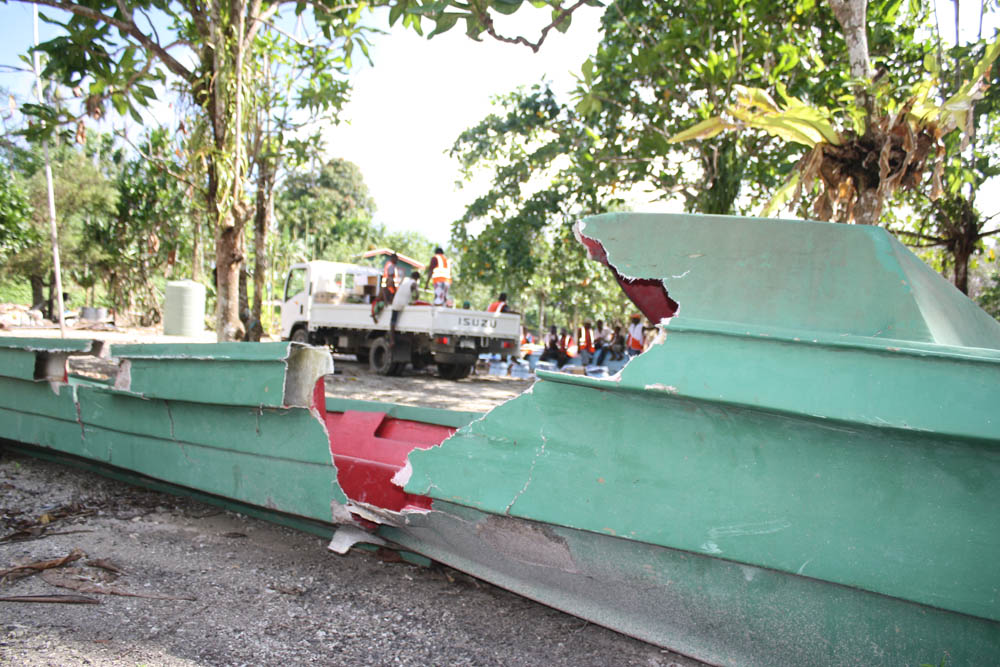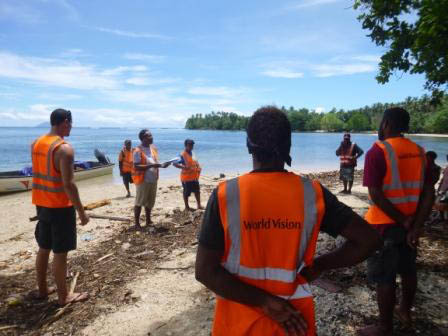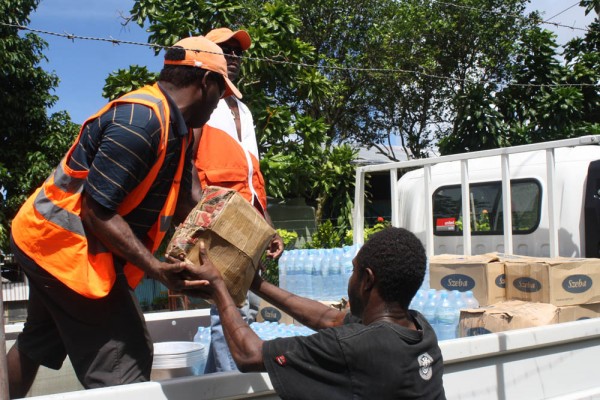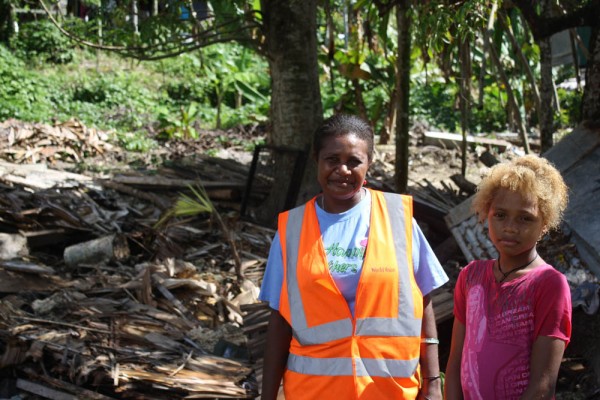“Where was the kitchen again?” I’m confused. I remember the palm-leaf building being somewhere around here, but I can’t pinpoint its location now.
“Over there,” a colleague points at a patch of sandy ground 15 metres back from the shore, covered in debris: thick logs, fragments of sago-palm walling, pieces of hewn timber, dried leaves. A mix of tsunami damage and signs of moving on, six weeks after.



